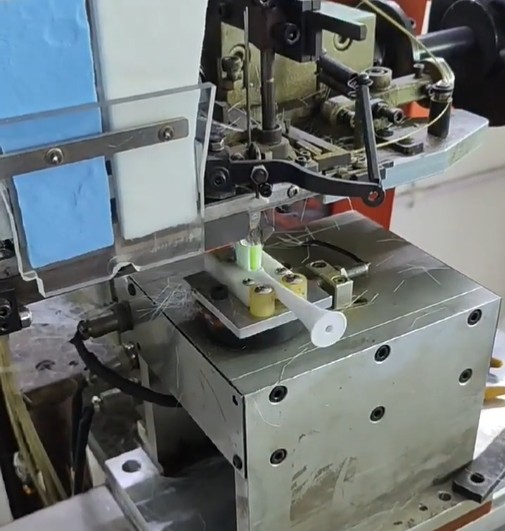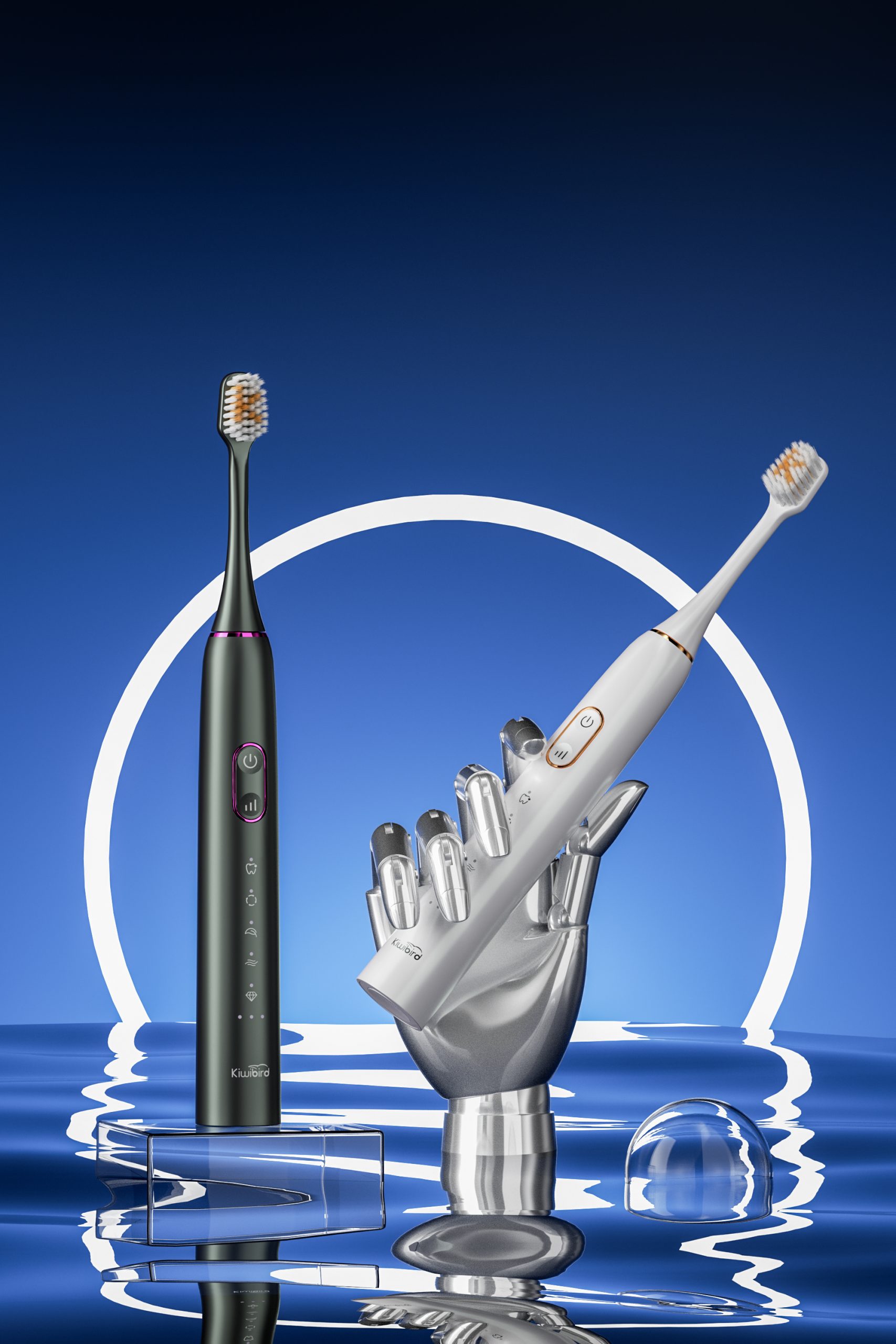As Bluetooth-integrated smart oral care tools become a staple in personal hygiene, the importance of Bluetooth Toothbrush APP Tracking cannot be overstated. These apps are designed to enhance brushing habits, provide real-time feedback, and foster long-term user adaptation. However, when app tracking fails—whether through inaccurate data, connectivity drops, or lag in real-time response—it can undermine user trust and discourage consistent usage. For OEMs and B2B stakeholders, such performance failures can result in higher product returns, negative reviews, and brand reputation risks.
Modern smart toothbrushes are more than just cleaning tools—they’re data-driven health platforms. Bluetooth Toothbrush APP Tracking plays a pivotal role in:
The ultimate goal is to increase user adaptation, encouraging better oral care habits over time. However, when the tracking system falters, this behavioral reinforcement collapses.
There are several technical and design flaws that could result in compromised tracking:
Each of these issues interrupts the user experience, causing frustration, mistrust, and eventual abandonment of the app-featured product.
The success of user adaptation depends on consistent, credible feedback. When users experience:
…they begin to doubt the device’s value. In a worst-case scenario, users may revert to manual brushes, deeming smart options unreliable or gimmicky.
To protect brand credibility and product longevity, B2B manufacturers must design with resilience and precision:
These engineering choices ensure that the Bluetooth Toothbrush APP Tracking experience remains smooth and dependable.
Robust testing is critical in validating APP tracking reliability before mass shipment:
These tests help ensure that the final product performs as expected in real-world usage and enhances user adaptation rather than disrupting it.
Once products are in consumers’ hands, feedback loops are vital:
With these systems in place, manufacturers can strengthen the bond between user and device—leading to higher retention and satisfaction.
The effectiveness of a Bluetooth Toothbrush APP Tracking system is directly tied to the success of user adaptation. When performance issues arise, users disengage, and brands suffer. However, with thoughtful design, rigorous validation, and ongoing support, tracking can become a powerful tool for behavioral change and long-term user loyalty. For B2B players, it’s time to treat app reliability not as an add-on—but as a core deliverable. Contact us
-300x300.jpg)
-300x300.jpg)
Mode Failure Accelerates Enamel Cracks? Stop Using Now!

Boost Your OEM Sales: Top Complementary Electric Toothbrush Products for Every User Need

How to Find High-quality Electric Toothbrush Factories for Cooperation?

Can a Folding Toothbrush Design Make This Travel Electric Toothbrush Fit in a Wallet?
Does Motor Corrosion Cause App Connectivity Failures?
Noise Complaints from Handle Corrosion? A Silent Threat Uncovered!

The Science of Electric Toothbrush Bristle Layout: How Do Cross-pattern, Wave-pattern, and Height Difference Affect Cleaning Power?

Long-Lasting Smart Toothbrushes: 90–250 Days Battery Life for Bulk Buyers
.jpg)
What’s the Gentlest Brush for Gums?
.jpg)
Overbrush Habit Causing Pulp Inflammation – Irreversible?
.jpg)
Does POWSMART Kids Electric Toothbrush Contain Material Toxicity?
Hose Cracks Causing Water Pressure Instability?
.jpg)
Does Sharing Charging Bases Cut Costs?
Light Burns Cause Bite Misalignment? Whitener Safety Controversy!
.jpg)
Travel-Friendly Water Flosser: From Foldable Nozzles to Globally Voltage-Compatible Solutions

Is Ultraviolet Sterilizing Water Flosser Becoming the New Favorite? How Do Brand Owners Select Professional Water Flosser Factories?
.jpg)
Florida Electric Toothbrush – Powsmart PTR-C8

Electric toothbrush heads Charcoal Infused-Diamond

electric toothbrush heads Regular Clean

Customization Teeth Whitening Gel

Private Label Whitening Gel

electric toothbrush heads Charcoal Infuse-Round

electric toothbrush heads Ultra Soft

electric toothbrush heads Deep Clean
whstapp
whstapp
National Toll-Free Service Hotline
+86 755 86238638